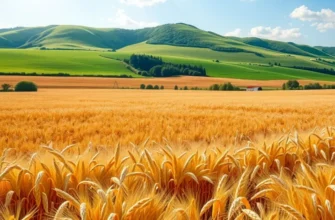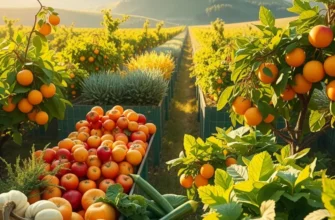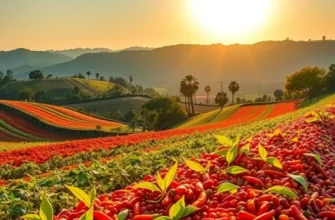Breads serve as cornerstones in culinary traditions worldwide, embodying cultures, histories, and stories. From the crusty baguettes of France to the soft naan of India, each traditional bread carries its own rich narrative, highlighting local ingredients and age-old techniques. Join us on a delicious journey as we uncover the significance, flavor, and uniqueness of various breads that grace tables across the globe.
Baguettes, Bagels, and Beyond: Europe’s Bread Heritage
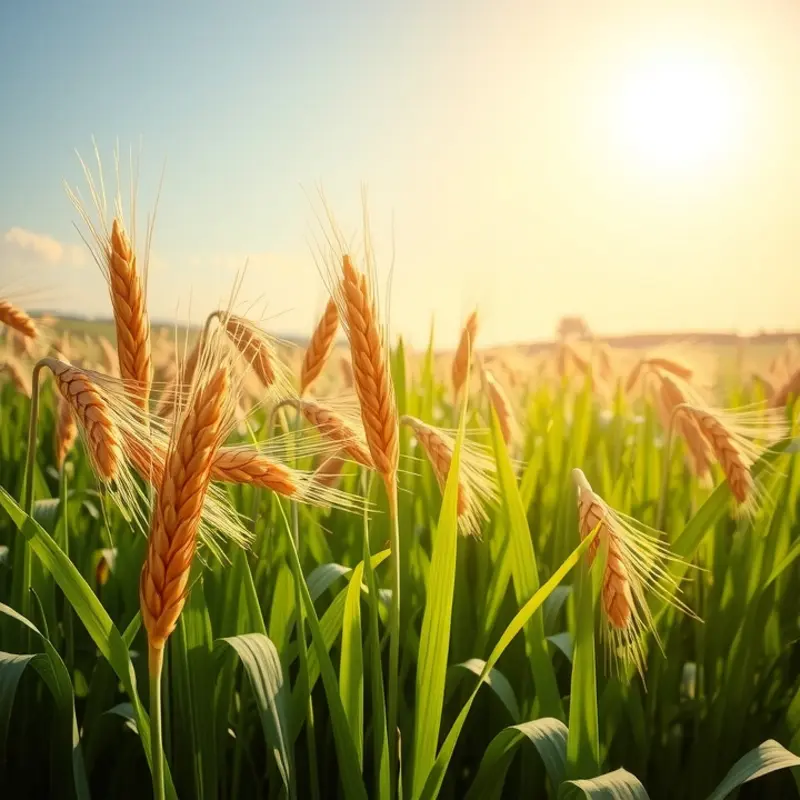
Across the cobbled streets of Paris to the bustling bakeries of Berlin, bread forms the backbone of European gastronomy. The iconic baguette of France, with its golden crust and airy interior, epitomizes the simplicity and delight of traditional baking. Crafted from basic ingredients—flour, water, yeast, and salt—its charm lies in the meticulous technique of kneading and shaping, passed down through generations. The art of crafting baguettes requires a balance of humidity and temperature, reflecting France’s temperate climate.
In contrast, Germany’s rye bread—dense and nourishing—echoes the robust nature of Northern European iron-rich soil. Known as Roggenbrot, its darker hue and tangy depth stem from a lengthy fermentation process often involving sourdough starters. This method predates modern yeast utilization, grounding the practice in historical necessity, particularly across cooler climates where wheat was less abundant. In German culture, rye bread symbolizes sustenance and resilience, often associated with hearty regional dishes.
Venturing eastward, the humble bagel finds its origins in Jewish communities of Poland. The creation ritual begins with boiling the dough before baking, a process akin to sealing their spirit within. This technique grants bagels their unique chewiness and allows for diverse toppings. The circular shape carries significant cultural symbolism as a representation of the cycle of life. Paired with smoked fish or delicate spreads, they form a nostalgic culinary bridge for many Eastern European Jewish families.
Beyond these popular bread types, Europe’s cornucopia includes countless regional variations, each with its distinct story. The Adriatic coast offers savory focaccia, enriched with olive oil and regional herbs, reflective of the Mediterranean’s abundance. In comparison, the salt-free** Tuscan loaf** speaks to historical trade restrictions that inadvertently gave rise to myriad flavorful accompaniments like potent cheeses and robust wines.
Moreover, the resurgence of traditional preparation methods highlights the shift towards mindful eating and cultural appreciation. As more communities revere their heritage breads, these practices provide a deeper connection to history through flavor and texture, stimulating a nuanced appreciation for culinary keeping. This movement aligns with the exploration of food culture and global culinary influences,as seen here.
From the rustic hillocks of Scotland with its grainy oatcakes to the sunlit groves of Greece where pita is baked, European breads reflect their origin’s terrain, climate, and traditions. Their preparation requires patience and an artful touch, embodying a continent’s dedication to culinary excellence. Each loaf, roll, and slice serves as a testament to the enduring legacy of European bread making, where geography and culture shape sustenance into stories.
Naan, Injera, and More: Breads of the East
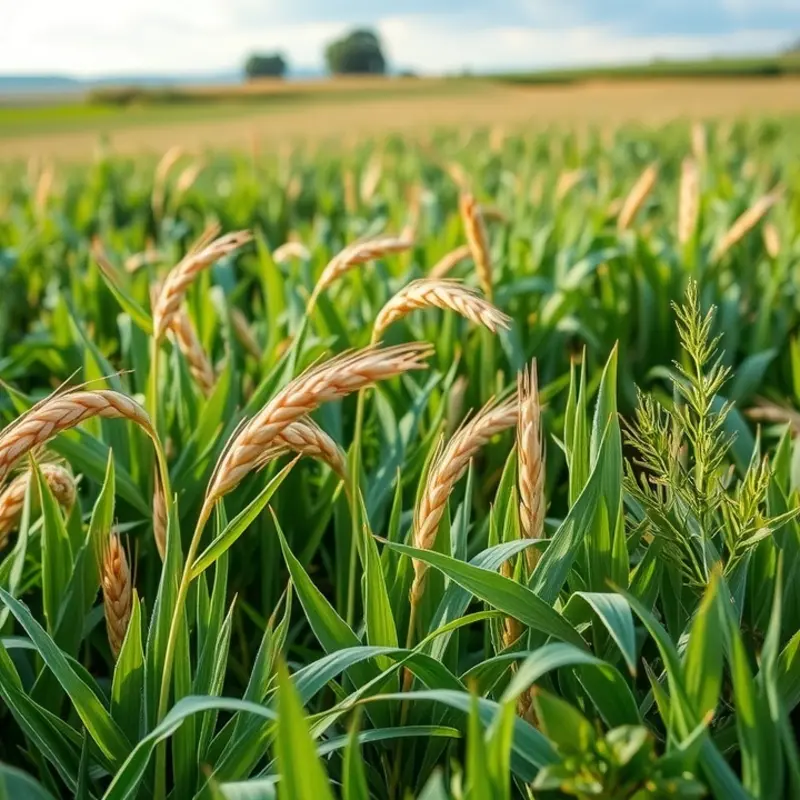
Journeying to the eastern realms of our world, bread takes on forms as diverse as the cultures that create them. In the vast, vibrant land of India, naan emerges from tandoors, serving as a staple in the Indian culinary landscape. This bread, traditionally a product of a clay oven, captures the essence of Indian flavors. Yeast or yogurt gives naan its signature fluffiness. Its preparation is an art form passed down generations, each family adding distinct touches with garlic, herbs, or butter.
Naan is often paired with rich curries and flavorful dals. Its soft, chewy texture complements the spicy, savory notes of Indian cuisine. Eating habits in India often involve using naan to scoop up dishes, making the bread a necessary utensil. This habit highlights the cultural belief that meals should engage all the senses for a complete experience.
Moving from South Asia to the Horn of Africa, injera is a staple in Ethiopian households. Crafted from teff flour, a tiny, nutritious grain native to the region, injera is a marvel of fermentation. The process, lasting several days, imbues it with a slightly sour taste, creating a unique flavor profile. Injera’s spongy texture makes it perfect for soaking up the flavors of wat, the spicy stews synonymous with Ethiopian cuisine.
In Ethiopian culture, meals are communal, shared from a large platter lined with injera. This encourages interpersonal bonds, reinforcing the cultural norms of hospitality and community. Eating together, often using hands, further intertwines the act of dining with cultural identity. This tradition illustrates how food in this region transcends sustenance, functioning as a social glue.
Further east, in China and Japan, various breads reflect unique regional ingredients and methods. Although rice is the staple, breads like mantou—the steamed bun—serve as important components in Chinese meals. Made with wheat flour, mantou complements broths and soups, its subtle flavor allowing accompanying dishes to shine.
In Japan, the humble yet beloved melonpan exemplifies the country’s adaptation of foreign influences. Combining a crisp cookie dough crust with soft bread beneath, melonpan symbolizes the Japanese penchant for innovation and adaptation. Though sweet, it is not cloying, making it a delightful treat enjoyed at any time.
Each of these breads are more than meal accompaniments. They are culinary expressions rooted in geography, tradition, and community. As globalization broadens our palates, savoring these eastern breads provides a taste of diverse cultural legacies. Bread everywhere tells a story, a narrative of land and people intertwined in savor and craft.
For those interested in exploring international culinary influences, the impact of trade on regional cuisines offers a fascinating insight into the evolution of such beloved traditions: Culinary Influences of Trade.
Final words
Traditional breads are more than just sustenance; they tell stories of cultures, communities, and shared experiences. Each loaf, whether crunchy, chewy, or soft, connects people to their roots and to each other. As we’ve explored the diverse breads from around the world, it becomes clear that these culinary staples not only nourish the body but also enrich the soul. Embrace the variety and depth of traditional breads to truly appreciate the art of baking that transcends borders and unites us through the universal enjoyment of food.




